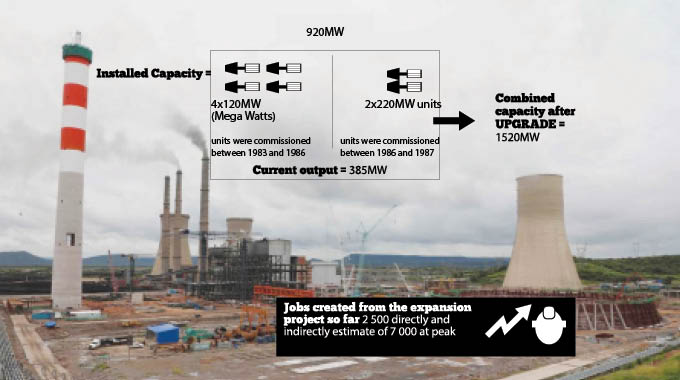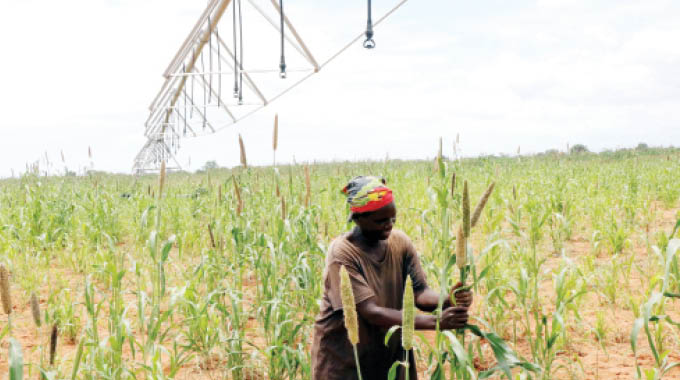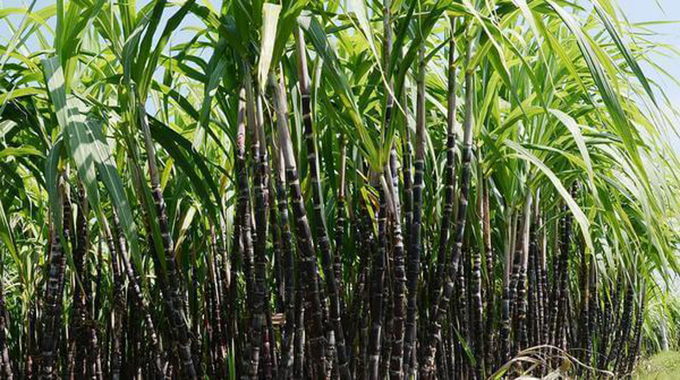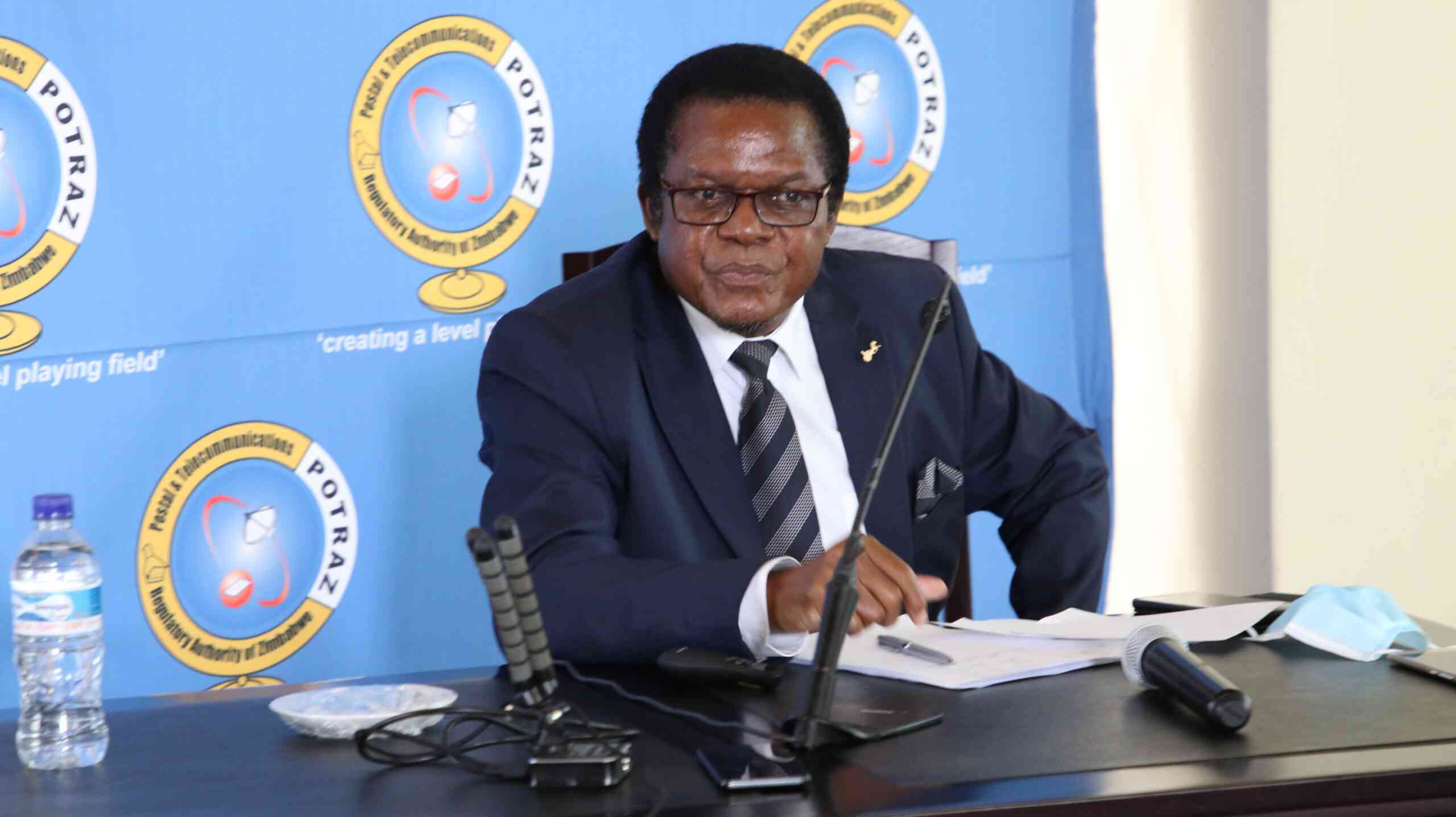US$1.4bn Hwange project: Oasis of socio-economic transformation

Oliver Kazunga, Senior Business Reporter
DEVELOPING sound energy infrastructure is a critical step towards attracting greater investment in an economy.
For a developing economy like Zimbabwe, increased investment in the energy sector lays a solid foundation for massive socio-economic transformation and job creation.
The energy supply gap remains higher in Zimbabwe due to subdued generation capacity, which has negatively affected output in the country’s productive sectors such as mining, agriculture, and manufacturing.
Despite the setback, the country is undertaking numerous energy development projects, which are expected to tackle the supply shortage and actually yield surplus for export to the regionally energy-starved market.
One such project is the US$1.4 billion Hwange Power Station Units 7 and 8 expansion, which is expected to add 600MW upon completion.
The project is one of the deals unlocked by President Mnangagwa during his State visit to China in April 2018, when Chinese President Xi Jinping authorised financing of the power project.
Construction works at Hwange began in earnest in March last year with the laying of the foundation stone at the power station.
Two weeks back the Minister of State for Presidential Affairs responsible for monitoring implementation of Government programmes, Dr Joram Gumbo, conducted a tour of project to get update on progress.
He met project manager Engineer Forbes Chanakira who said development of the mega energy infrastructure was at 39,4 percent complete. Essentially, the project entails civil works, mechanical works and electrical works.
“As we speak right now, we are at around 39,4 percent and we envisage that in the coming few weeks right up to the end of this year, we will see the project getting to around 60 to 66 percent,” said Eng Chanakira.
Works that have been done so far include construction of the chimney and the cooling tower. Workmen are almost completing truss columns — set to be complete this month.
A total of US$290 million has since been drawn down and it is envisaged that the bulk of the money will be spent during the electro-mechanical works expected to start between April and May.
In the meantime, there are other electro-mechanical works happening at the project site and these involve onsite fabrication of pipe works and structural steel erection.
“Our supply is a bit subdued, so we are importing quite a significant amount of power from neighbouring countries particularly Mozambique and South Africa and with the coming in of this project, which we envisage to come in by October of 2021, we are seeing that the energy supply gap is going to be reduced,” Eng Chanakira said.
He highlighted that increased generation capacity would help lower foreign currency requirements. Zimbabwe is spending millions of hard currency importing electricity from regional producers.
Since 2019, the country has been experiencing acute power shortages. Last year regional utilities suspended imports to Zesa over legacy debt amounting to US$80 million for Eskom and about US$40 million, which was owed to HCB. Power imports resumed after the Government came up with payment plans to offset the debts.
It is against this background that the implementation of projects like Hwange units 7 and 8 expansion, is critical as a both an enabler to future investments and enhancing the quality of life for ordinary citizens.
When President Mnangagwa officiated at the project site in 2018, he stated that the investment would create 7 000 jobs directly and indirectly at its peak.
According to Eng Chanakira, the project has so far created 2 500 jobs, both local and foreign. As the amount of work scales-up, it is believed that more and more people would be employed.
“It’s really a significant project in that light and we also envisage employment opportunities for our locals as well as for the general Zimbabwean population where they will be coming in to ensure that whatever the requirements in terms of employment from the contractor, they will also be able to participate,” he said.
Although, the project is still within the set time frames for completion, Eng Chanakira said the outbreak of Covid-19 in China was threatening progress.
This, he said, was because some of the suppliers of materials or products for the project from the Asian country had stopped producing the equipment and thus negatively affecting progress in developing the infrastructure.
Covid-19 is an epidemic that was detected in China towards the end of last year and has spread to nearly 100 countries.
“Some of the manufacturers have been inhibited from continuing with manufacturing and this effectively inhibits progress at the site but there are efforts put in place to ensure we remain on course in terms of estimated delivery time of the project,” said Eng Chanakira.
Confederation of Zimbabwe Industries (CZI) national vice president Mr Joseph Gunda said the Hwange units 7 and 8 project was good news to industry.
“A contribution of 600MW into the national grid is quite significant and it will certainly help us in industry especially where power is a critical element in driving production and the economy in general,” he said.
“Some companies in the mining sector have tried to come up with their own power generation plants, but the generality of us in the manufacturing sector rely on the power utility, so that will certainly help us.”
Mr Gunda said intermittent power supplies were heavily crippling industrial operations and constrained companies’ ability to be consistent in terms of supply of products in the market.
“Industry has been affected negatively, particularly companies which are exporting. As an exporter you have time lines that you offer to the market for the supply of products and they are not interested in hearing excuses of power outages for failure to deliver,” he said.
Zesa Holdings executive chairman Dr Sydney Gata said that Hwange Units 7 and 8 expansion would help reduce load-shedding, which they hope to end by mid-year.
“We are tackling load shedding quietly but very effectively and that perhaps within the next 100-Day Cycle we will see an end to load shedding perhaps for a long time to come,” he said.
“The next 100-Day Cycle begins in April and ends in July. It acts as a building block to the attainment of goals under the Transitional Stabilisation Programme (TSP) and achievement of objectives captured in the Vision 2030.
Dr Gumbo said he was impressed by the progress so far.
“Besides all the problems that we are facing, I’m really impressed that the work is going on very well and it’s quite impressive.
“One thing that impressed me a lot is that besides the fact that we have got foreign nationals working here, we also have very well trained and educated Zimbabweans who are participating in this project,” he said.
“If we can utilise the expertise of our people who are out of the country and bring them back, definitely we can be able to do such projects on our own.”
The Hwange investment complements the 300MW Kariba South Hydropower Station expansion project, which was commissioned in 2018.
The extension works at Kariba have raised the plant’s installed capacity to 1 050MW.
However, low water levels at Kariba Dam, have seen output remain low. Zimbabwe consumes an average of 1 400MW daily in summer and 1 600MW in winter.
The country is also implementing several smaller independent power generation projects covering solar and biogas. Since 2010, the Zimbabwe Energy Regulatory Authority has also licensed over 70 independent power producers but a majority of the proposed investments were at various stages of implementation amid funding constraints.
The other proposed project is the 2 400MW Batoka Gorge Hydropower Plant, which Zimbabwe and Zambia would build at a cost of US$4 billion. — @okazunga











Comments